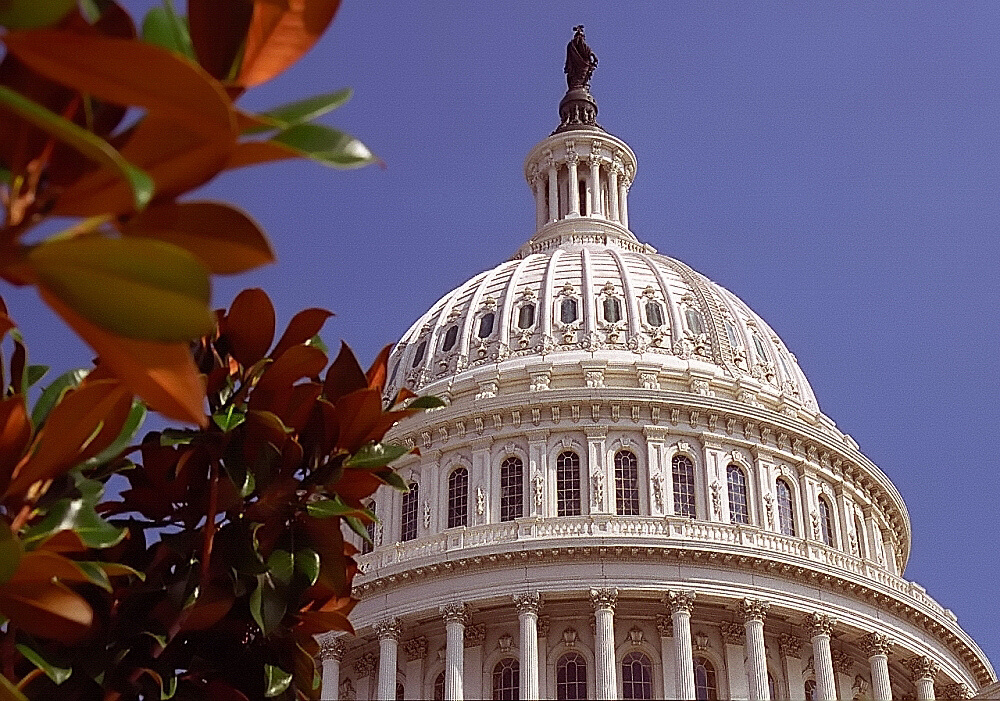
Highs on November 15 th were in the upper 30s and 40s east of the Cascades under low clouds. A brief, weak ridge of high pressure on November 14 th and 15 th gave way to more active weather beginning on November 16 th, which lasted through the rest of the month. Lingering low clouds led to moist and cool daytime conditions through mid week, although warmer lows in the 30s affected eastern Washington. High temperatures rose into the 30s and 40s, except 50s in western Washington on November 13th, while lows were in the 30s and 40s, except for isolated 20s.

Snow fell in the mountains, as well as most areas of the eastern Washington north of an Ellensburg to Pullman line. Rain and snow affected eastern Washington beginning on the evening of November 11 th, as a storm interacted with cold air over the region. Highs were as cold as 29☏ at Omak (Pogue Flat) on November 11 th. On November 10 th, the temperature at Almira dropped to 17.7☏. Snow fell around Spokane on November 9 th, with light accumulations. Highs were only in the 30s and 40s, with lows in the 20s, as the coldest weather of the year arrived courtesy of a chilly trough of low pressure. Temperatures fell to below normal, as showers affected some areas on November 9 th. Lows on the morning of November 8 th were as cold as 22☏ at Brewster Flat. Over 0.5 inches of rain fell at Tokeland on November 4 th.įollowing warmth through November 6 th, a significant pattern change occurred around November 7 th, as a cold trough of low pressure moved into the region. Highs on November 4 th and 5 th were as warm as the low 70s around the Tri-Cities/Walla Walla areas, while lows were in the 40s and 50s, with upper 50s around Vancouver. More rain clipped especially northwest Washington for much of the first week of November, as temperatures remained relatively mild. Parts of north central Washington near Oroville received upwards of one-half inch of rain on November 1 st, while areas around Olympia received in excess of 0.5 inches. Highs were in the 50s and 60s, while lows ranged from the upper 30s to mid 50s. November began with cloudy and rainy weather, along with above average temperatures, especially at night. Overall, this was the warmest autumn at Prosser ( WSU IAREC) since 1998. November was generally mild at night, and featured a continuation of periodically wet conditions. Following a dry start, October ended with wet conditions, making it a changeable month overall. Despite cloud-free skies, as little as 40% of expected solar radiation reached the ground on certain days, including September 18 th. September was warm, very dry, and smoky in places such as Wenatchee. Rain fell for 15 consecutive days from October 26 th to November 9 th, and the longest dry streak after October 12 th was 2 days. Long Beach, which only had 4 out of 41 possible rainy days from September through October 11 th, enjoyed just six dry days during final 50 days of autumn. Pullman ended a 103 day stretch of dry weather on October 12 th. Following very dry weather through October 11 th, periodically wet and stormy weather dominated the latter part of the season from mid October to the end of November. Conditions aloft were relatively mild, which led to above average mountain temperatures.Īutumn temperatures were above normal, while rainfall was concentrated into the second half of the fall. In fact, the chilly period late in the month in central Washington was due to fog and low clouds and a strong inversion, and not a polar air mass.

Aside from cool periods around November 10 and 11 and 26 to 28, most of the month featured above average temperatures. Long Beach recorded only 4 dry days during the month.

Moxee's average low temperature was 5.5 degrees above average, which makes it the warmest since 1999, and the second warmest since at least 1989. Mild and variably active weather was the rule in November, thanks to a lack of any cold arctic outbreaks. AgWeatherNet Autumn 2012 Weather Review for Washington November and Autumn the Warmest Since the Late 1990s


 0 kommentar(er)
0 kommentar(er)
